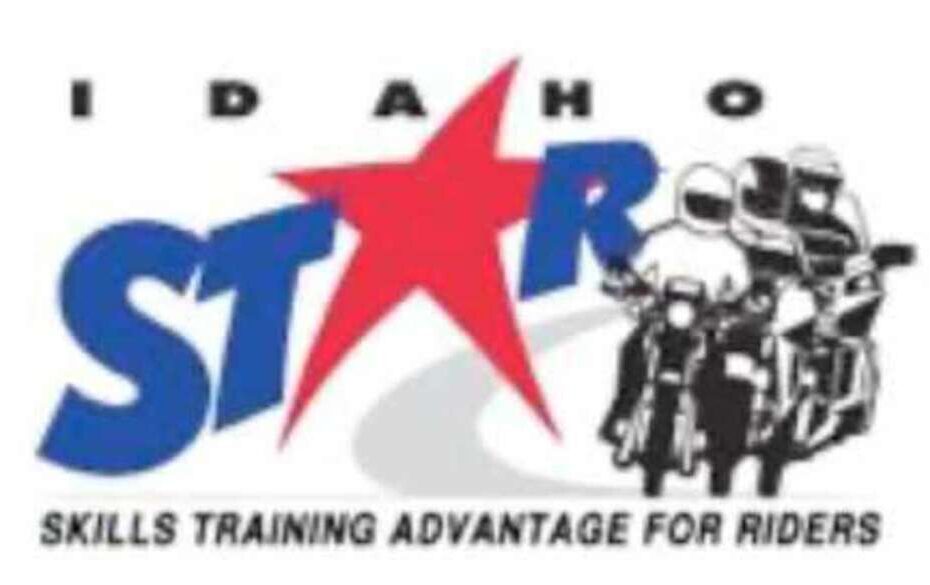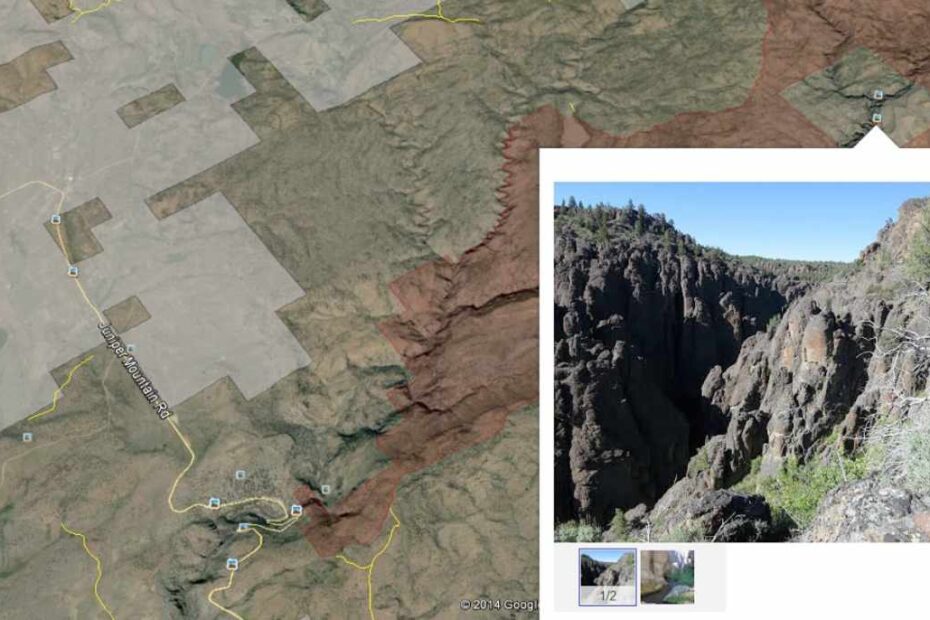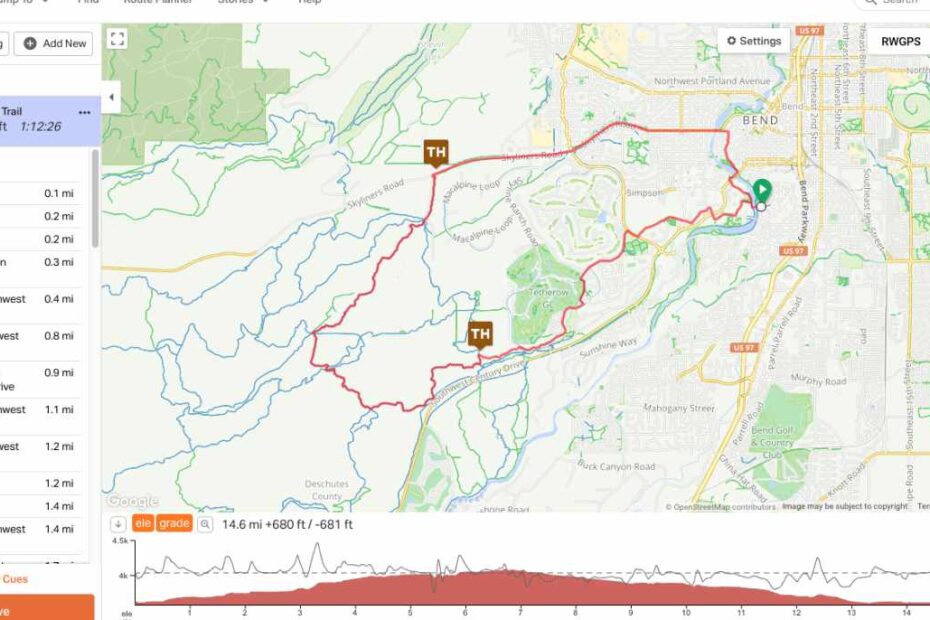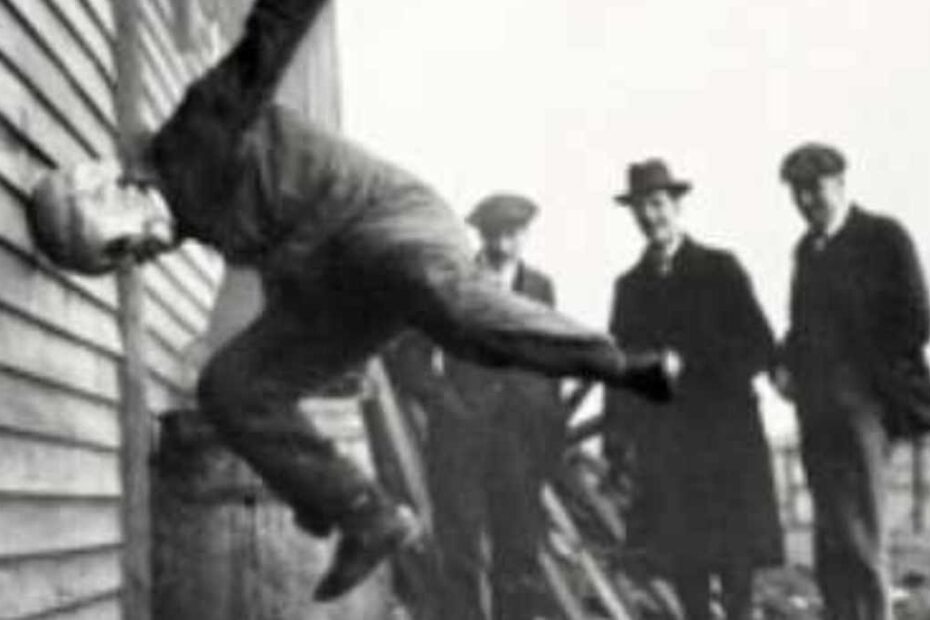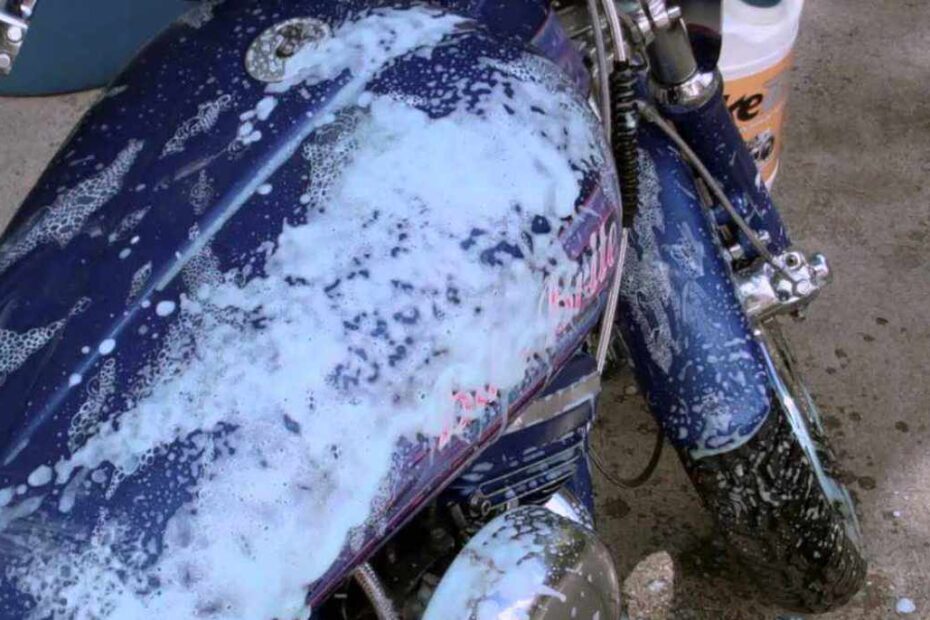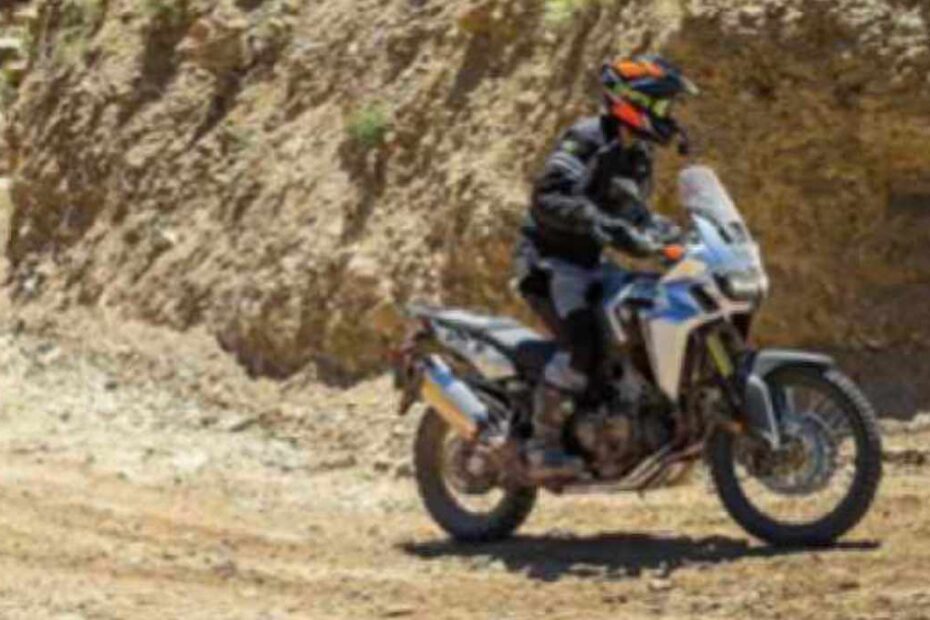There Are Only TWO Aspects to Motorcycle Safety
You can make the argument that other drivers are also responsible for preventing crashes, and while there may be some truth to that, there is precious little you can do to make someone ELSE take responsibility (just ask anyone who has ever been married or has kids!).
